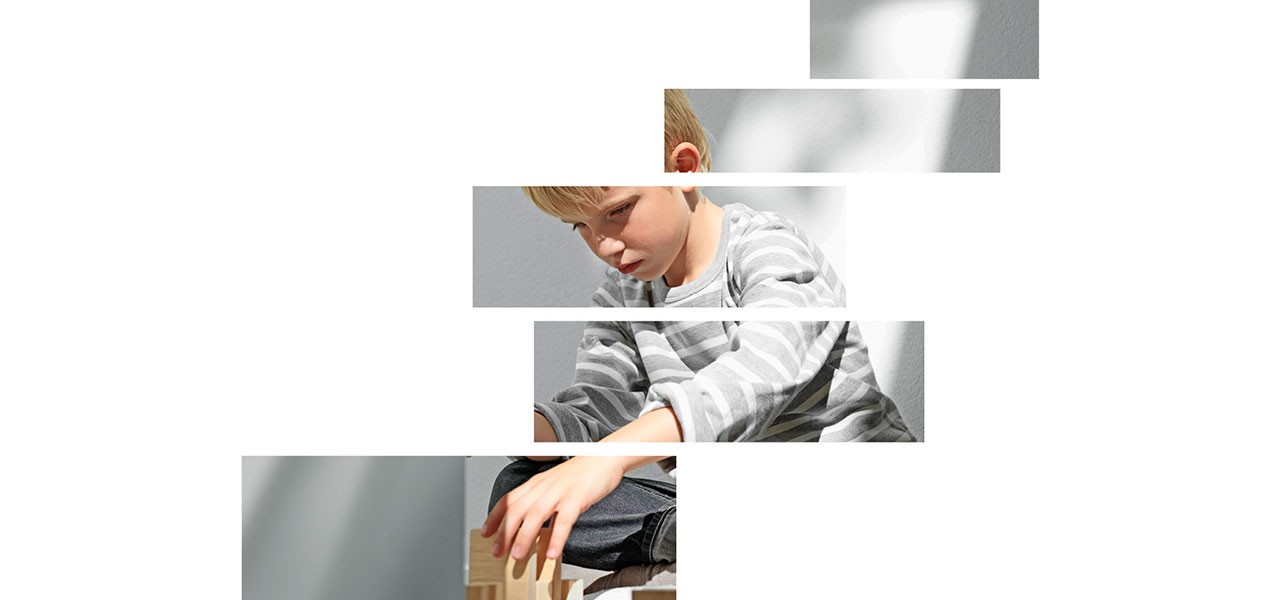50 years as model company creates results
The VELUX Group has just published its CR Report for 2014. Among the key results are a historically low number of accidents at work and a continued fall in the company’s CO2 emissions. But the report also documents that the Group’s products contribute to improving indoor climate, raising productivity and reducing CO2 emissions from buildings. A share of the Group’s profits is paid back to society.
This is the fourth time that the VELUX Group publishes a CR report, but work on corporate social responsibility has been a fundamental aspect of the group’s management for the last 50 years.
”Back in 1965, our founder, Villum Kann Rasmussen, formulated the Model Company Objective, which still forms the foundation and guiding principle by which the VELUX Group runs its business,
With the Model Company Objective, we are having the ambitious goal of working with products useful to society, and treating our customers, suppliers and employees better than most other companies,
Less than 1 work-related accident per 1 million working hours
For several years now, the VELUX Group has put a sharp focus on safety at work at its 18 factories around the world. For the second year running, the company recorded the lowest number of work-related accidents in its history.
In 2014, we had only 11 accidents at work in the entire VELUX Group. That equates to 0.9 accidents per million working hours, which is a fantastic result of which we are very proud. It is very important for us that our employees can go to work and feel safe and sound. Over the last five years, we have seen a falling trend in both the number of accidents at work and absence due to accidents. That shows that we have fewer – and less serious – accidents,
For comparison, the rest of the Danish manufacturing industry reported 10 accidents per million working hours (source: The Danish Employers' Confederation).
CO2 emissions reduced by 29%
Since the VELUX Group embarked on its CO2 initiatives in 2007, it has reduced its emissions by 29%. In 2015, CO2 reduction will be given another kick in the right direction as the Group has initiated an energy management programme that will see action plans drawn up for energy saving at all factories in Europe, based on monitoring and analysis of energy consumption.
As we work with reducing the energy consumption of buildings, we believe it is paramount that our own environmental impact is as low as possible. 96% of the wood we use in our roof windows comes from sustainable-certified suppliers, and 98% of our waste is recycled or used to produce energy. Based on the experience we gained from the implementation of the energy management programme at our factory in Germany, we are confident that we can reduce our own energy consumption – and thereby our CO2 emissions – even further,
VELUX products contributes to healthier and more energy efficient buildings
The VELUX Group’s vision is to create better buildings with fresh air and daylight through the roof. For many years, the Group has taken part in, and itself operated, more than 20 demo buildings in 12 countries. These buildings have been studied as part of a number of international research projects in the fields of energy, light, indoor climate, ventilation and the sociological significance of building design.
The headline message to emerge is that we can build low-energy buildings with a healthy indoor climate with the technology we have at our disposal today. This is important for two reasons: one, because buildings account for 40% of all energy consumption in the western world; and two, because more than 80 million people in Europe live in homes with damp and poor indoor climate. So if we, as a society, want to reduce both CO2 emissions and improve health and productivity, buildings are an important element. And here we can see that we, as a company, can contribute with the knowledge, experience and products that can provide a solution,
Life cycle assessments, for example, show that a typical VELUX roof window, in the course of its life time, saves more CO2 than was generated in its production. And that saving can even be increased with a VELUX energy blind.
Profit returned to society
As a fund- and family-owned business, a large part of the VELUX Group’s profits are transferred to the foundations VILLUM FONDEN and VELUX FONDEN. In 2014, together they donated 150 million Euro to a range of social and scientific fields. Also in 2014, VILLUM FONDEN set up a new foundation – the KR FOUNDATION – which works with the environment on an international scale.


